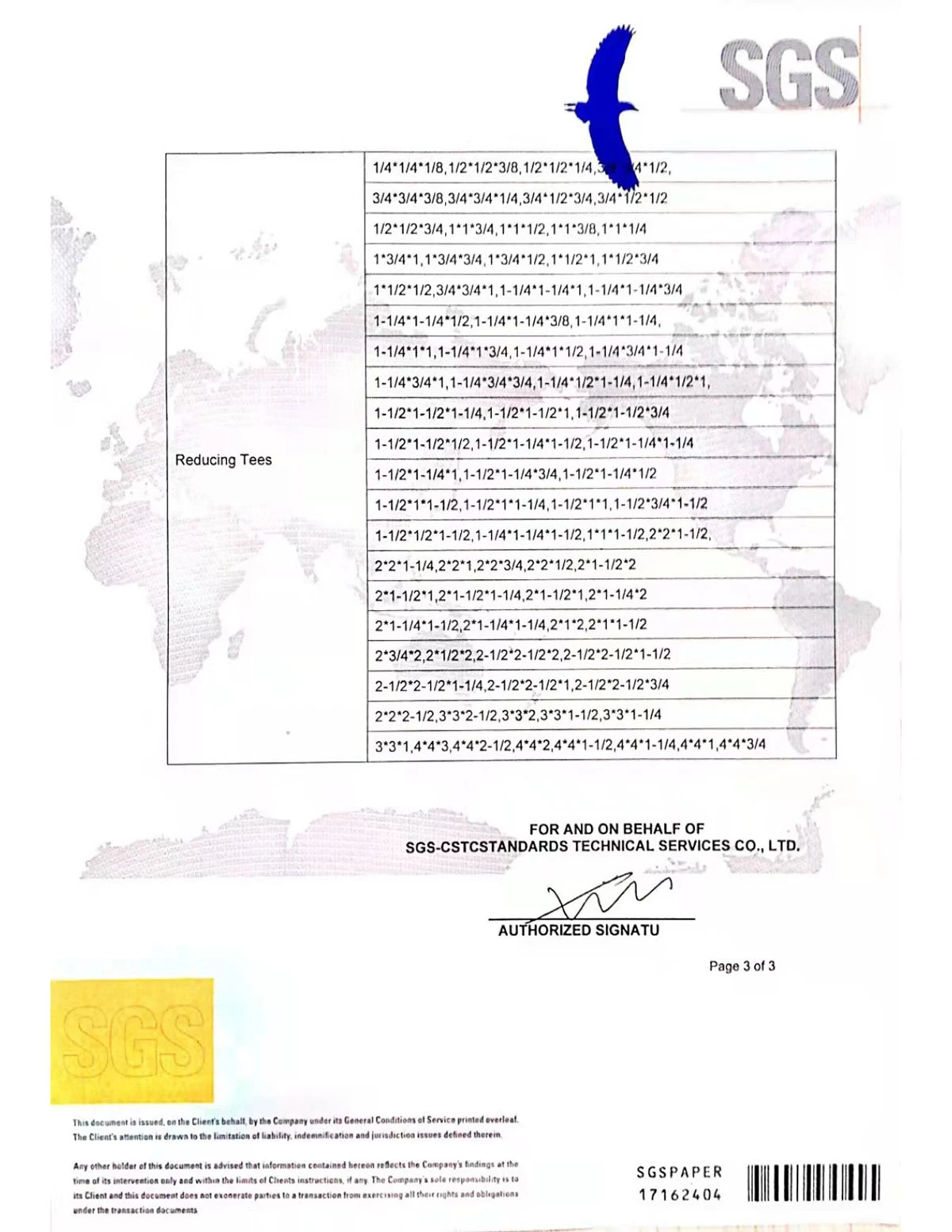Types of fittings are essential components in various industries, including plumbing, automotive, and manufacturing. These fittings are connectors used to manage the flow of liquids, gases, or other materials efficiently and safely. Understanding the different types available is crucial for anyone involved in these sectors, ensuring the selection of the right fitting for specific applications.

In the plumbing industry, fittings are indispensable for connecting pipes and ensuring water tightness. The most common types include elbow, tee, coupling,
and union fittings. Elbow fittings are used to change the direction of flow between pipes, typically at 45 or 90 degrees. Tee fittings are T-shaped, allowing for the splitting of flow into two directions, making them ideal for plumbing networks that branch. Couplings are used to connect two pipes in a straight line, offering a simple solution for extending plumbing lines. Meanwhile, unions are similar to couplings but designed for easily connecting and disconnecting pipes, which is beneficial for maintenance purposes.
In the automotive industry, fittings play a crucial role in fluid dynamics, ensuring efficient operation of systems such as brakes, fuel lines, and cooling systems. Flare fittings are commonplace in this sector, recognized for their ability to withstand high pressure. These fittings feature a conical seat, often installed on hydraulic lines, to provide a more secure seal. Hose fittings are another prevalent type, designed to connect flexible hoses with rigid components like pumps or tanks, ensuring fluid is transferred without leakage.

Manufacturing processes also rely heavily on specific types of fittings, particularly quick-connect fittings. These components allow for rapid connection and disconnection without the need for tools, crucial in environments where downtime can be costly. Swagelok fittings, known for their strong seal and precision, are favored for high-pressure applications. They're utilized in industries such as oil and gas, where safety and reliability are paramount.
types of fittings
For experts selecting fittings, material choice is a critical consideration. Fittings are typically available in metals such as brass, stainless steel, and copper, or polymers like PVC and PEX. Each material offers unique advantages; for instance, brass fittings are corrosion resistant and ideal for carrying hot water. Stainless steel fittings are robust and can handle aggressive substances, making them suitable for industrial applications. PVC and PEX, on the other hand, are lightweight and cost-effective, commonly used in residential plumbing.
Proper sizing is also essential, as selecting an incorrectly sized fitting can lead to leaks and system failures. Professionals often use sizing charts and manufacturer guidelines to ensure compatibility with the corresponding pipes or hoses, safeguarding system integrity.
Trustworthiness in the selection of fittings is just as important. TOP fittings manufacturers invest in certification and compliance to international standards such as ISO or ASTM, ensuring their products meet rigorous quality and safety benchmarks. Expert recommendations and reviews can provide valuable insights into the reliability of certain fittings, further validating user choices.
In conclusion, selecting the appropriate type of fitting involves understanding the specific application needs, the environments in which the fittings will be used, the materials that best suit these conditions, and ensuring that they come from reputable manufacturers who prioritize quality. Awareness of these factors can significantly enhance the efficiency and durability of any system, providing peace of mind for industry professionals and end-users alike.
Post time:
ژانویه-14-2025











